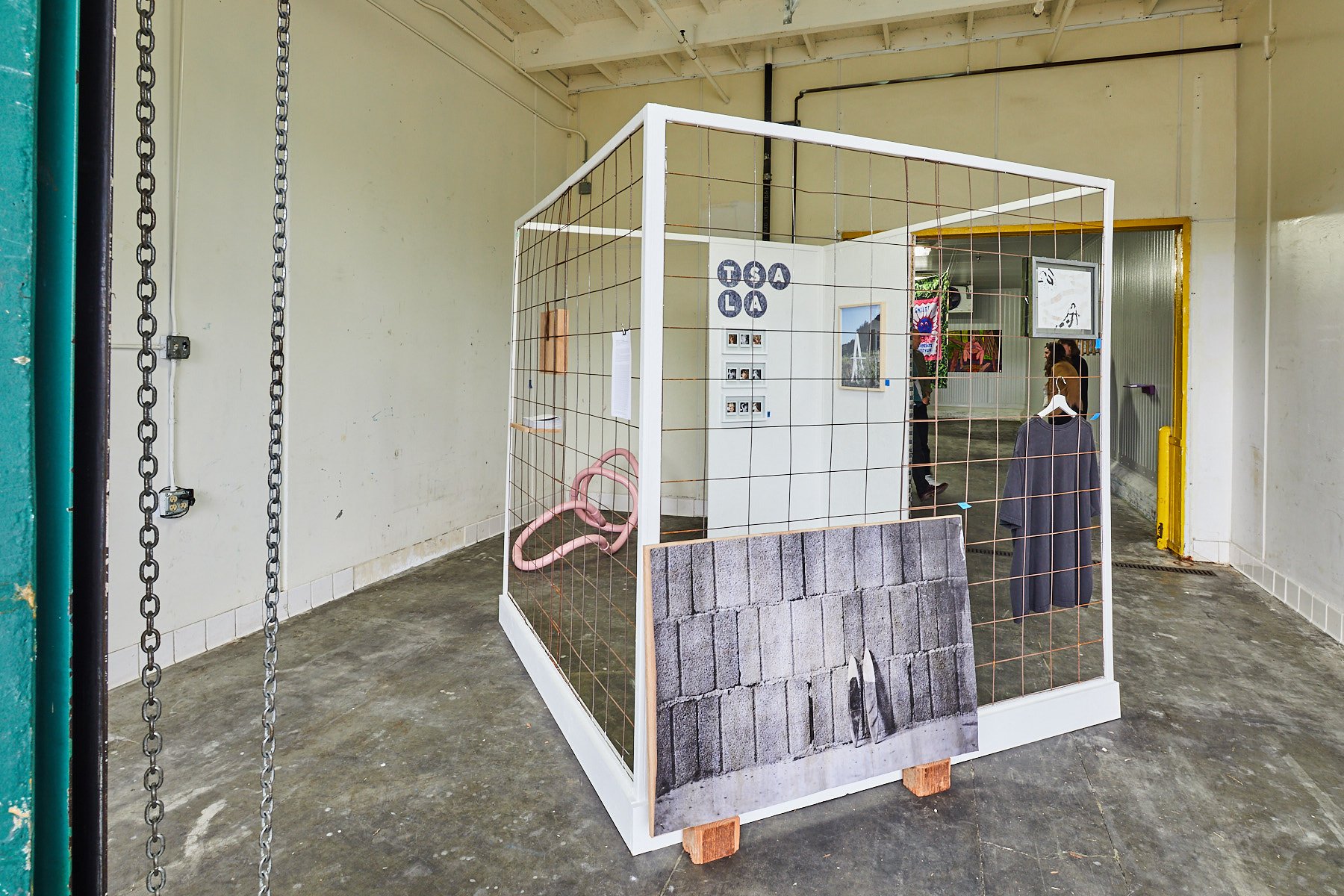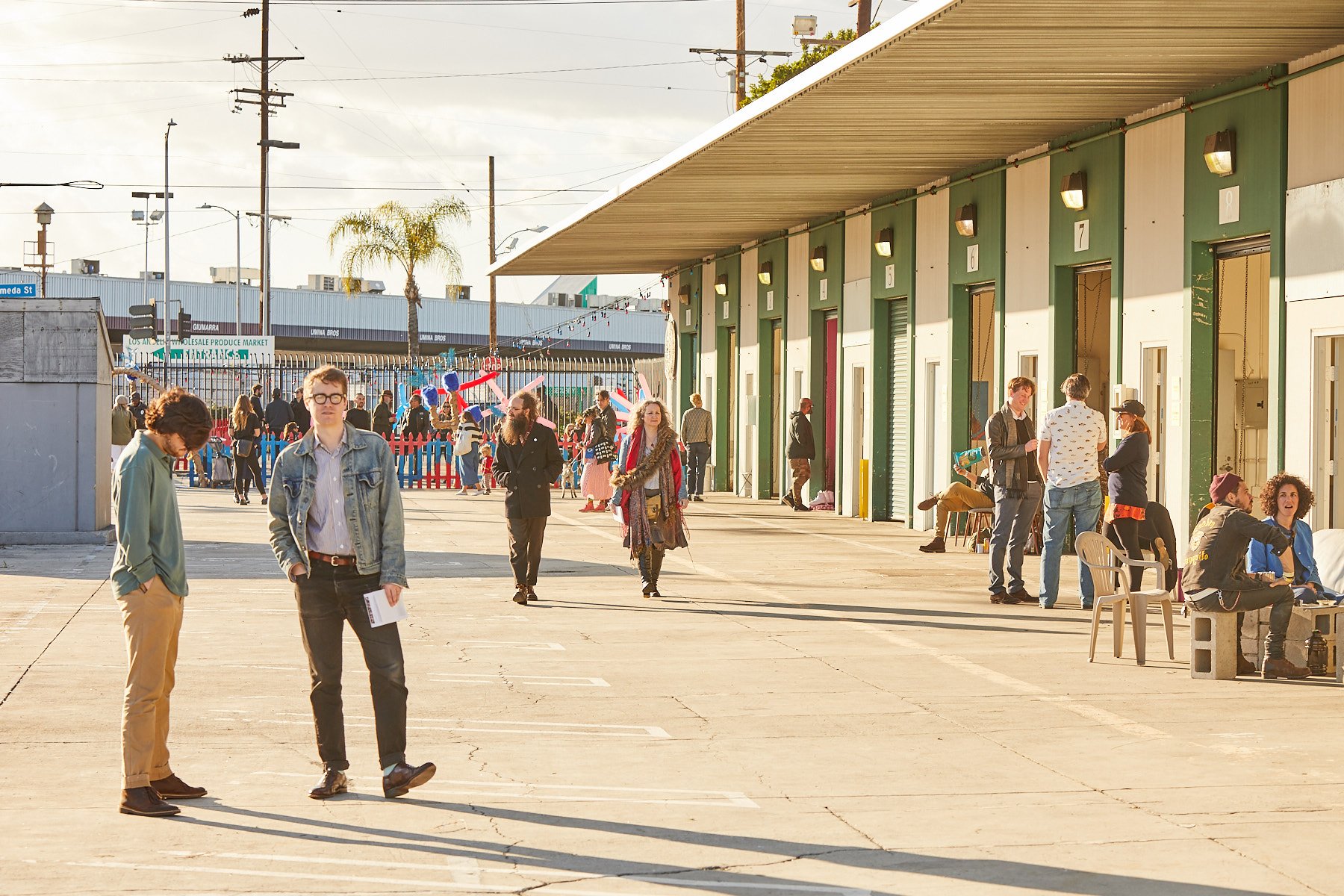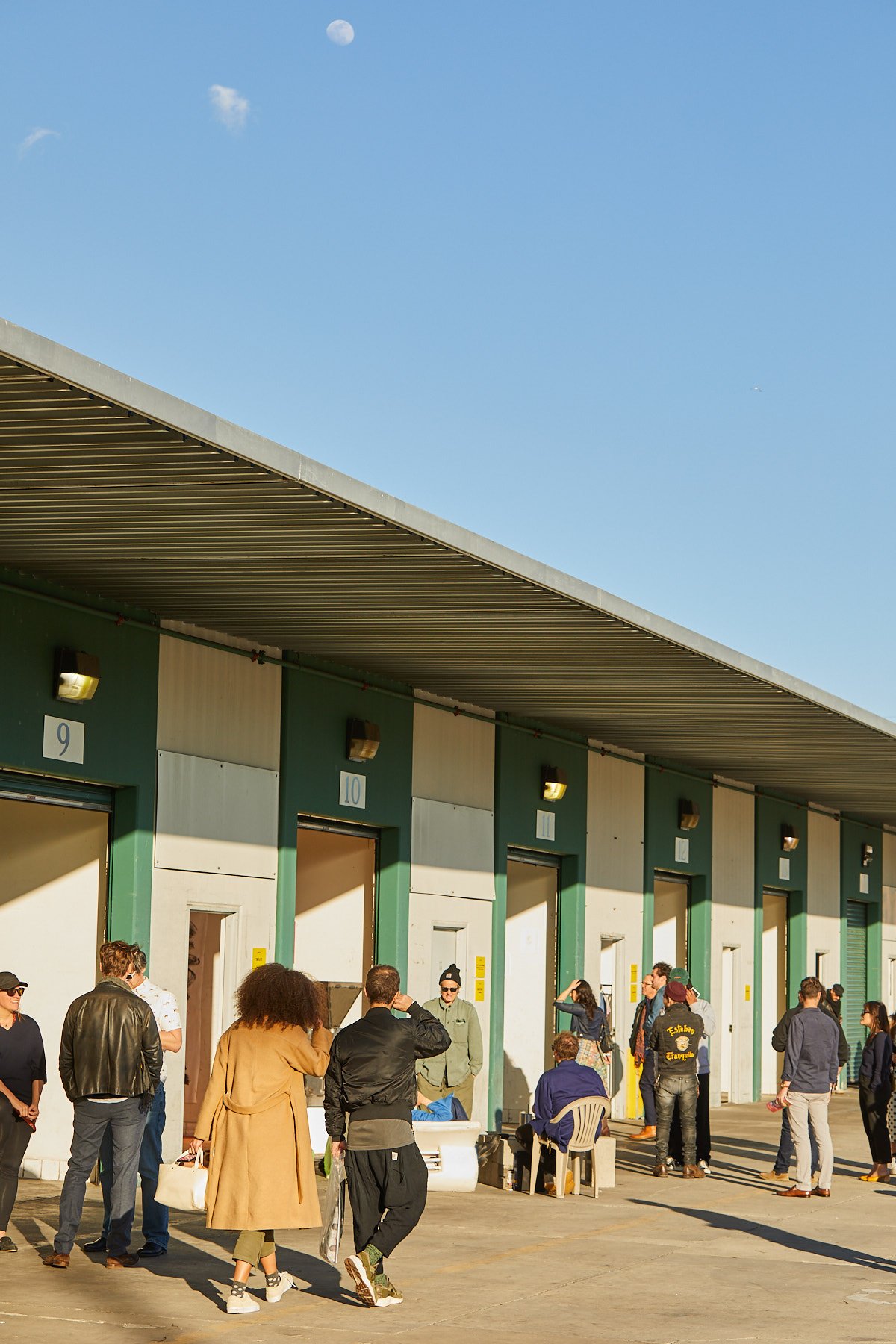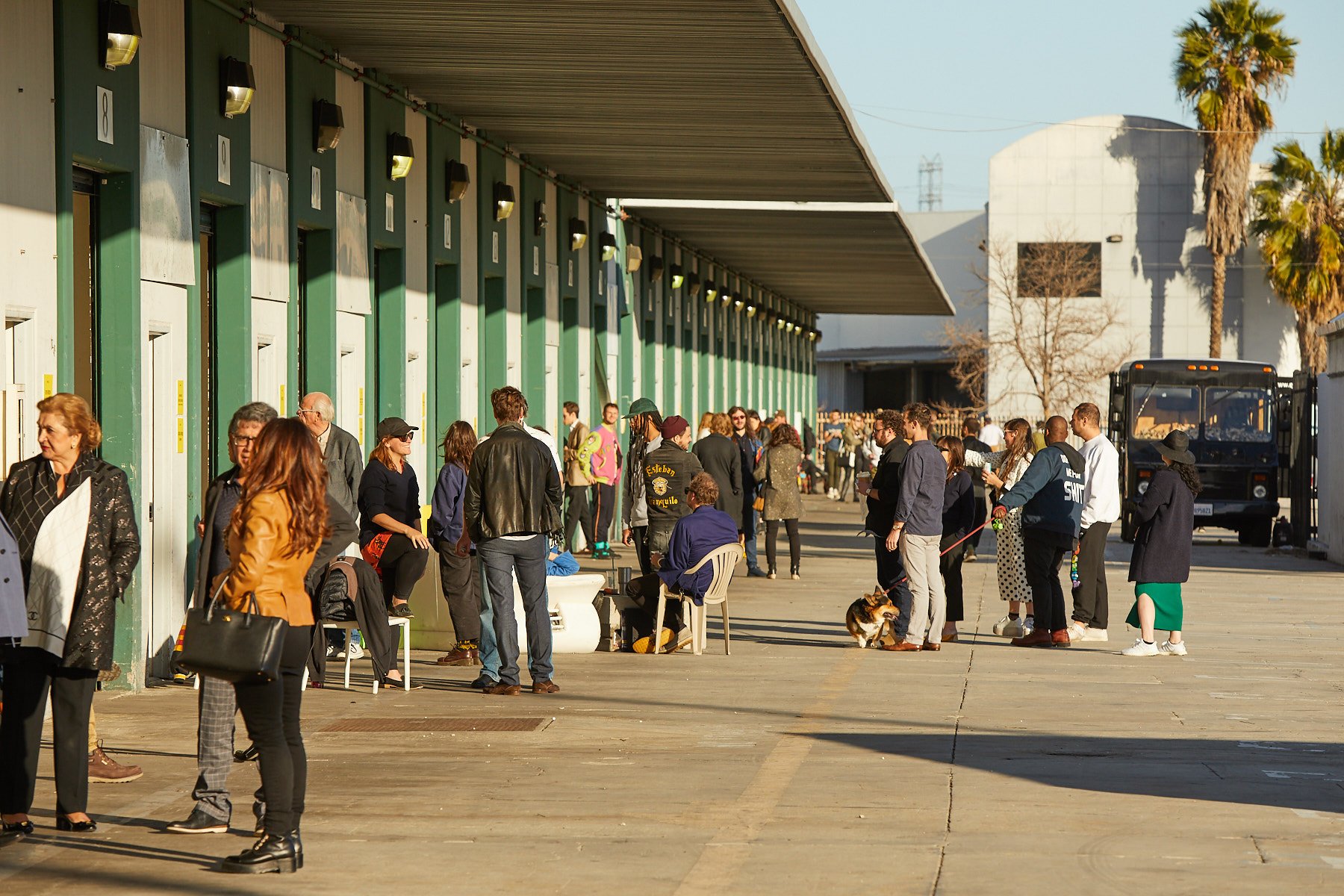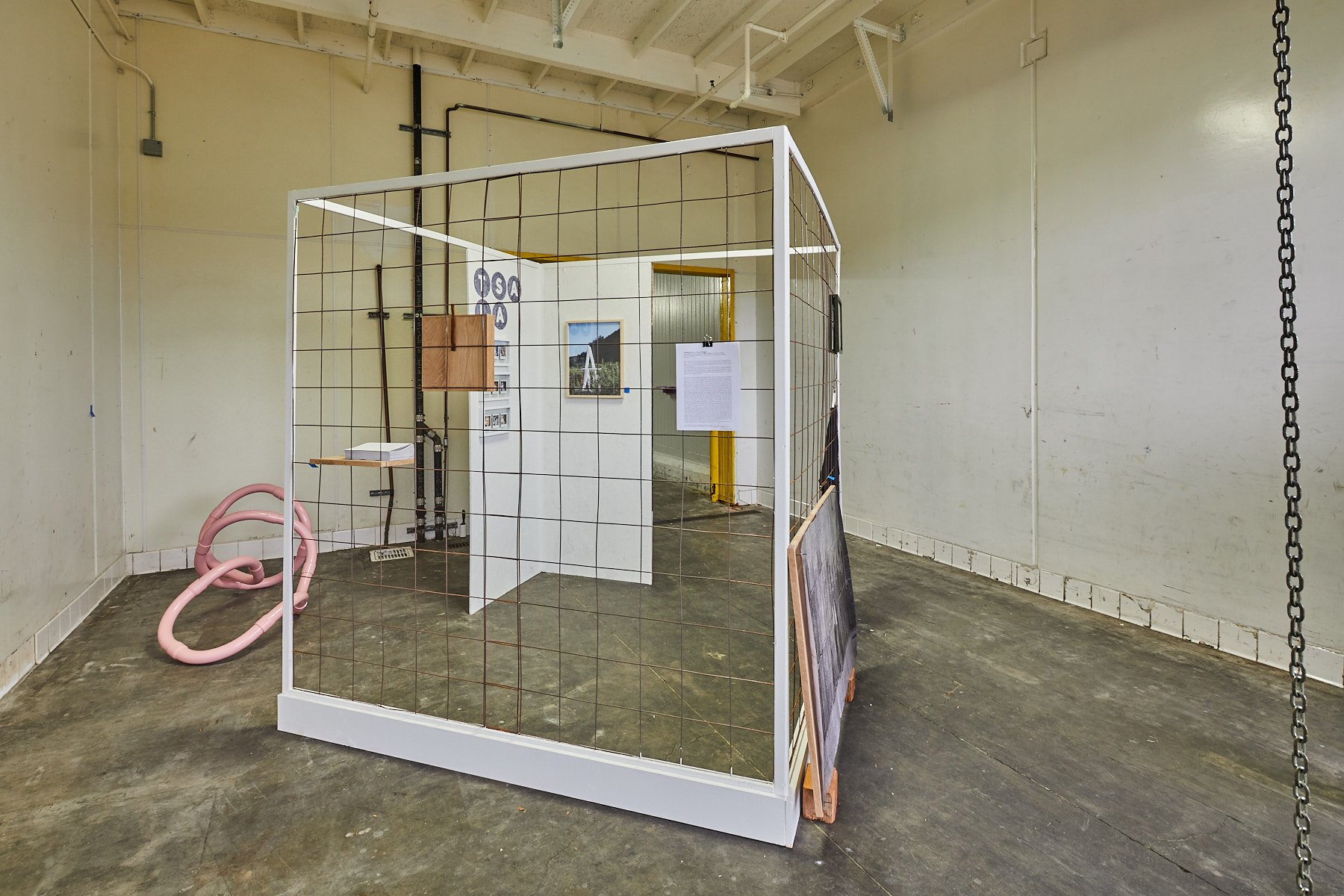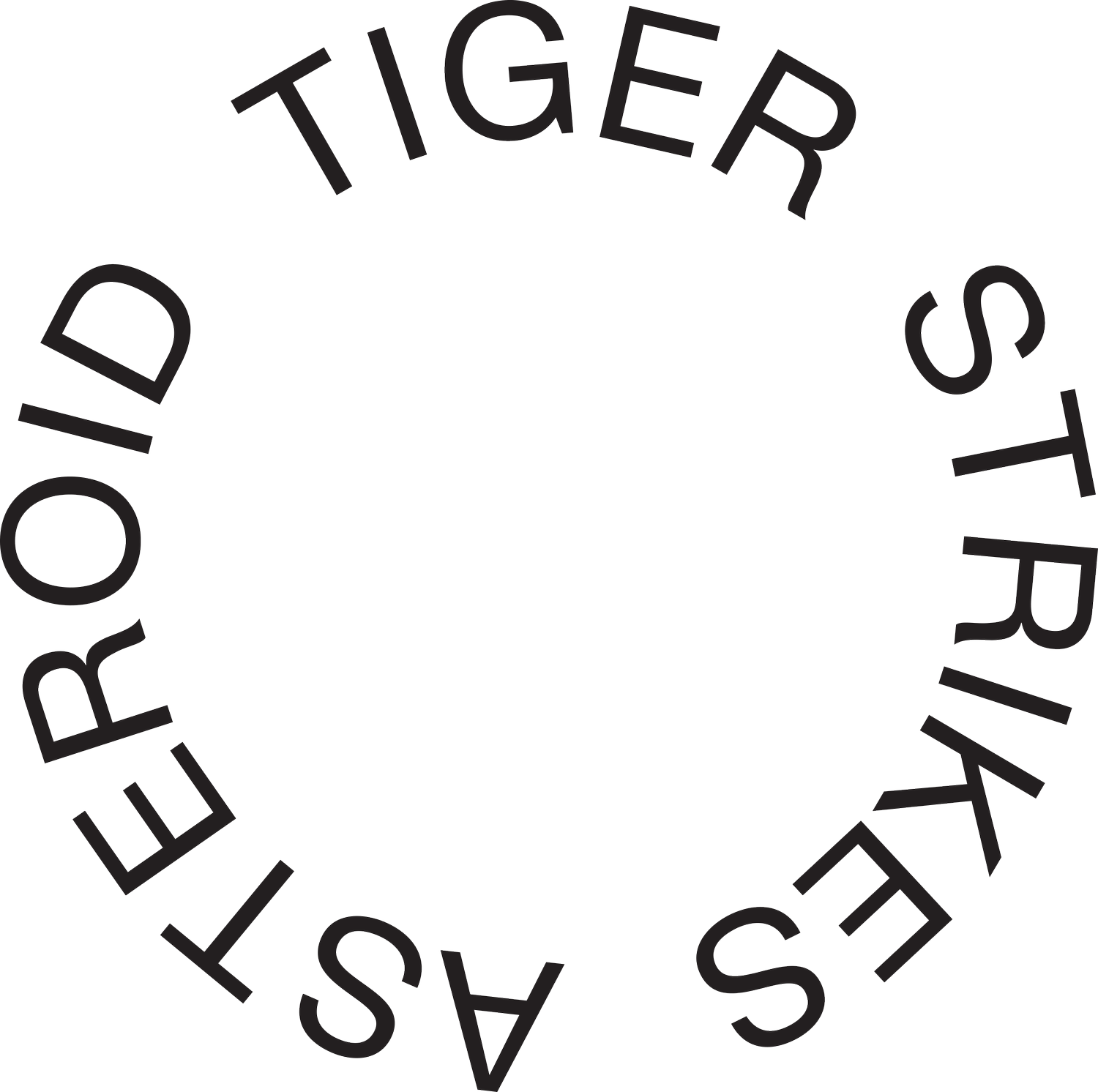LOS ANGELES
A Platform Here’s a Train of Thought
Feb 15–17, 2019
SPRING/BREAK Art Show Los Angeles
The Stalls at Skylight ROW DTLA, 1925 East 8th Street Los Angeles, CA 90021
A Platform Here’s a Train of Thought
Tiger Strikes Asteroid at SPRING/BREAK Art Show Los Angeles
February 15–17, 2019
The Stalls at Skylight ROW DTLA, 1925 East 8th Street Los Angeles, CA 90021
Curated by: Johanna Braun for Tiger Strikes Asteroid Los Angeles
Carl Baratta, Johanna Braun, Margarethe Drexel, Michael Niemetz, Rand Sevilla, Michaela Spiegel, Jenni Tischer
Tickets at: springbreakartshow.com/sb-los-angeles
The term platform can be used in many ways, such as to describe the recent revival of the popular 90s plateau shoe; to describe computer operating systems, such as social media and other interactive platforms; or in a political context, from which’ stage the declaration of principles and policies take place. Therefore, the term platform describes a diverse and expanding set of literal and figurative spaces where issues of private and public interests are negotiated.
This exhibition takes on the outset platform quite literary. The exhibition’s display is in reference to the elevated cube structure on the rooftop across the street, which marks the location in bold letters: Market District. It also references the context of this exhibition, as we, Tiger Strikes Asteroid Los Angeles and our hosts at SPRING/BREAK give emerging artists and galleries a platform during a highly packed art week in Los Angeles. With this in mind, a group of artists explore in this exhibition a specific location through the lens of a specific platformto narrate real and fictional stories.
Jenni Tischer echoes the concrete panels of Rudolph Schindler’s neglected and hidden platform at the Barnsdall art park. In her intervention in this exhibition display, she incorporates materials specific to the location of Los Angeles and investigates concepts surrounding the term pattern, which also ties in the history of the Barnsdall art park and the specific location of this exhibition venue.
Margarethe Drexel literally plans to deconstruct her late father’s dream house in a remote village in the Alps. Her plan is to take the house apart, “brick by brick” (which also serves as the title for this body of work), to stack the material in the cellar, and in doing this to construct a platform. Through this envisioned flat monument Drexel tells the story of real and poetical narratives around notions of belonging and being “out of place” at the same time, where dreams of upward mobility shatter on the harsh realities of the rural locale and where the personal fate of a family paints an accurate and engaging picture of wider socio-economic struggles.
Michaela Spiegel produced a series of Polaroid pictures during a private performance, entitled “The end of the blonde–Andy is dead and Arnulf doesn’t look fresh anymore”. The term “Platte Bilder”, which serves as starting point of this performative study, constitutes a German word play. “Platte” meaning literally Plate/Panel(engl.), but also translates to shallow/dull(germ. platt) or being flabbergasted(germ. platt sein). This play on words references on one hand the medium it uses––the Polaroid camera produces “flat images” through immediate light exposure on the inserted photo paper––and on the other hand the performative aspect of the images––the artist is pushing her face and body against a glass panel, therefore, producing “flat” body images. In doing this, Spiegel questions private and public discussions around staging and being staged.
Michael Niemetz investigates the economically and environmentally questionable usage of resources in Los Angeles in a series of photographs and sculpture. In “One Million Tear Down”, Michael Niemetz takes a series of landfills as a starting point to investigate the pressing issue of scarce land in the rocketing real estate market of Los Angeles. He places a house of cards (made out of Styrofoam boards that resemble concrete platforms) on former landfills that are desired residential building plots. His sculpture “In the Loop” playfully references the water pipe system in Los Angeles that dries out surrounding water repositories in order to pump the vital resource into the city to sustain it’s ever-growing population.
Carl Baratta investigates the “urban jungle” of Los Angeles in a series of sumi ink works on paper he paints during hikes in the Hollywood Hills. He pays homage to the long history of Chinese and Western landscape artists that have captured the specific locations of their inspiration for centuries. From this elevated point of view over the city, Baratta’s abstract paintings go beyond the reproduction of the actual location of their production and visualize the “wandering” mind of the artist himself.
Rand Sevilla references the medium of promotional imprinted t-shirts that are the output of new technologically-enabled consumer platforms and often easily excluded from fine art analysis because of their affiliation with mass marketing and promotion. “Memory Loves Company (‘NSYNC SHIRT)” emulates the experience of cultural memory being manipulated: It appears mass produced and old, but is neither. It references the exhibition space’s proximity to the Los Angeles garment district and adds an additional subject of study when thinking about the how narratives manifest in objects, and the diverse, complex contradictions that arise from the supposition that “the message is the medium”.
Through the exhibition display, Johanna Braun ties the exhibition venue to its counterpart across the street, and is quite literally giving a group of artists a “platform” during this event.
*title from: M.I.A, “Platforms”, 2016
Mathangi Arulpragasam / Ruben Fernhout / Jerry Leembruggen / Tevin Irvin Plaate
Platforms lyrics © Warner/Chappell Music, Inc, BMG Rights Management

